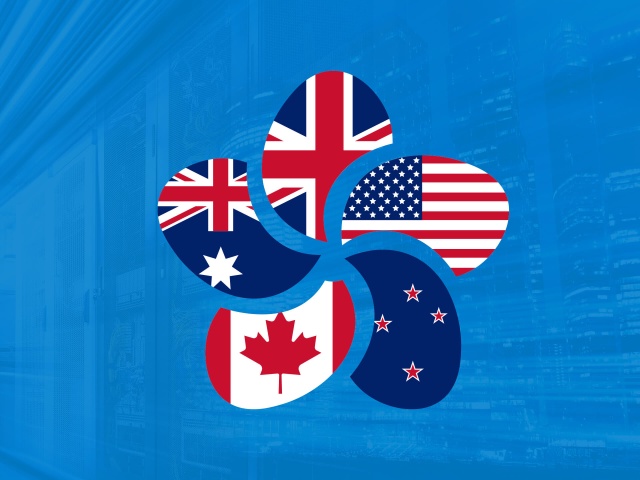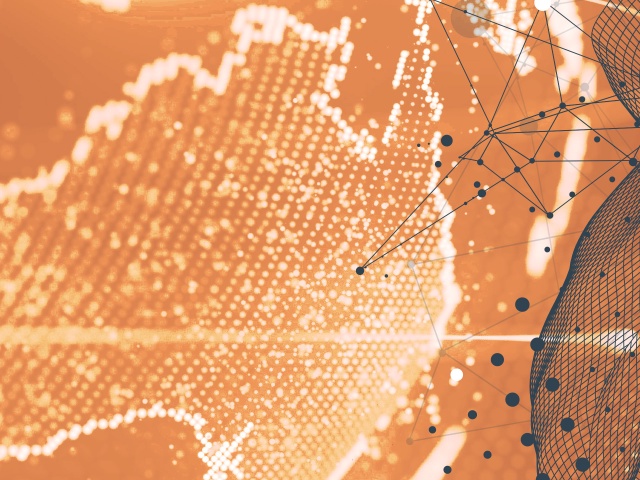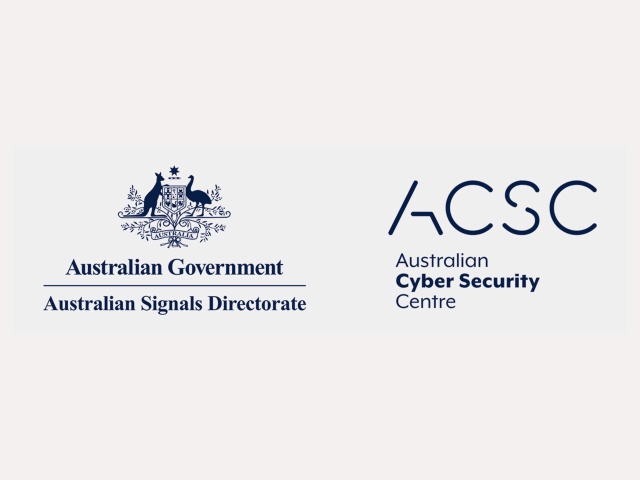Two things caught our attention this last week or so, both of which fell at the intersection of tech, cyber, and espionage.
The first was the press conference on October 18 involving the intelligence chiefs of all the Five Eyes countries, Australia, Canada, the UK, New Zealand, and the States.
Hosted by the FBI, the Emerging Technology and Securing Innovation Security Summit was aimed at protecting Western innovation.
The summit was kind of a big deal, if only because it was the first time the heads of the Five Eyes domestic intelligence services had ever shared a stage or at least a public one.
Its notional purpose was to draw together business leaders, entrepreneurs, government officials, and academics to discuss threats to innovation and the potential applications – both positive and negative – of emerging technologies, like AI, machine learning, and quantum.
Twenty years ago it would have been impossible to imagine the heads of five intelligence agencies standing up in front of the world’s media and speaking so freely on, well, anything.
But times have changed and the days in which intelligence agencies could transact their business solely in the shadows are long gone.
The summit also marked an evolution of the Five Eyes partnership, which began strictly as an intelligence-sharing hub but has morphed into a quasi-diplomatic grouping that strays into all sorts of areas – military information sharing, interoperability, etc.
The “fireside chat” involving the heads of the FBI, MI5, ASIO, the New Zealand Security Intelligence Service, and the Canadian Security Intelligence Service also seems to confirm – or foreshadow – what some in government have hinted at for a while – that the Five Eyes grouping is becoming a quasi-policy making or diplomatic forum.
Not everyone’s wild about this. There’s a view in some quarters that spooks should stick to their knitting and leave the policy work to the mandarins.
But as someone who sees the work of the intelligence agencies as increasingly valuable, particularly as intelligence gathering moves further and further into the rarefied world of cyberspace, I think there’s merit in pooling the collective experience and perspective of these people and leveraging it into the policy-making process.
But I digress.
The location of the summit – in Palo Alto, California, the heart of Silicon Valley – was no accident.
Palo Alto is the cradle of America’s tech sector.
It’s the testing ground for the next generation of tech capabilities, the ones that are going to define who gets the advantage in the age of Western-Sino strategic rivalry.
You could argue – as I would – that Palo Alto is one of the most creative places in the world.
No one’s painting the Sistine Chapel over there, but it’s where countless tech start-ups are pursuing countless ideas, any of which could yield the next Google, Microsoft, or ChatGPT.
No surprise then that it’s a prime target for Chinese industrial espionage.
And this is really what the five intelligence chiefs really wanted to press home: that China has embarked, and was embarking on, the largest heist of IP in human history.
None of this is new of course.
All nations spy and it’s hardly news that China is targeting commercially valuable IP.
But as ASIO Director-General Mike Burgess put it, what China is doing goes beyond traditional espionage.
“China has developed a ruthless business model to seize commercial advantage,” Burgess said. “Stealing intellectual property is the first step. Then they use talent programs, joint ventures, and acquisitions to harvest the expertise required to exploit the I.P. Sometimes the technology is put to military use, often it’s given to favoured companies to mass produce it, under-cutting and undermining the innovator.’’
That last sentence is important – “undermining the innovator”.
The point that Burgess (I think) was making is that China’s espionage activities do more than just transfer strategically or commercially sensitive IP from one superpower to another.
By rendering valueless the IP produced by Australian, US, or British firms, China is not just stealing kit, it’s undermining the very innovation culture that produced it.
After all, what’s the point in spending thousands of man-hours and millions of dollars developing an idea if a counterfeit version of it turns up six months later in some factory in southern China?
That brings me to the second thing that caught my attention this week – the announcement that Microsoft is poised to invest $5 billion into the Australian cyber and tech sector.
Most of that money, it seems, will be spent on nine new data centres in Sydney, Melbourne, and Canberra.
The data centres will give Microsoft much-needed capability as it tries to close the gap between itself and its main competitor in the cloud sector, AWS, which globally has a much larger chunk of the market.
The centres will give Microsoft much-needed computing power in the cloud and AI sectors, both of which will be crucial in supporting industry and innovation.
Both these announcements press home just how crucial the private sector has become to the economic and strategic competition that, for better or for worse, will define our lifetime.
Industrial espionage has always been a feature of state rivalry. However, the cyber age has vastly exacerbated the problem, mainly by massively expanding the attack surface.
Mastery of this new era, if I can use that term, will go to the side that can harness the powerful emerging technologies of our age – AI, quantum, machine learning, clean energy technologies, etc. In all likelihood that will be the liberal democracies of the West.
Say what you will about the power of the Chinese state and the hybrid model of economic development, it can’t come close to matching the innovation culture of liberal democracies. Protecting the fruits of that innovation is therefore vital.
The Microsoft deal makes a similar point, albeit in a slightly different way. Part of the announcement involved increased cooperation between Microsoft and the Australian Signals Directorate.
As always, the details are thin. But you can be certain part of the arrangement will involve increased information sharing.
Given there are over a billion PCs out there in the world and Microsoft’s Azure cloud offering is used by nearly 70 percent of organisations worldwide, much of that information will be flowing to, rather than from, ASD.
I’ll finish on an aside. Some interpreted the Microsoft announcement as little more than a tech land grab; an attempt by Microsoft to close the gap with AWS, which has a larger share of the global cloud market.
I’ll leave that to others.
What I’ll say is this: whatever the reason, the announcement underscores just how crucial cloud infrastructure will be to the future of the digital economy.
Between 2010-2020 the cloud computing market grew 635 percent. Around 80 percent of organisations now use public or private clouds.
And none of the aspirations we have around AI, quantum, or ML would be possible without the massive computing power provided by clouds.
Cloud networks are the Fort Knox of our time, the stronghold in which our most valuable secrets are stored.
And yet the infrastructure underpinning this vault is often suspect or compromised because they’re manufactured in countries with opaque supply chains.
If we’re serious about protecting our most valuable IP, that’d be a good place to start.







